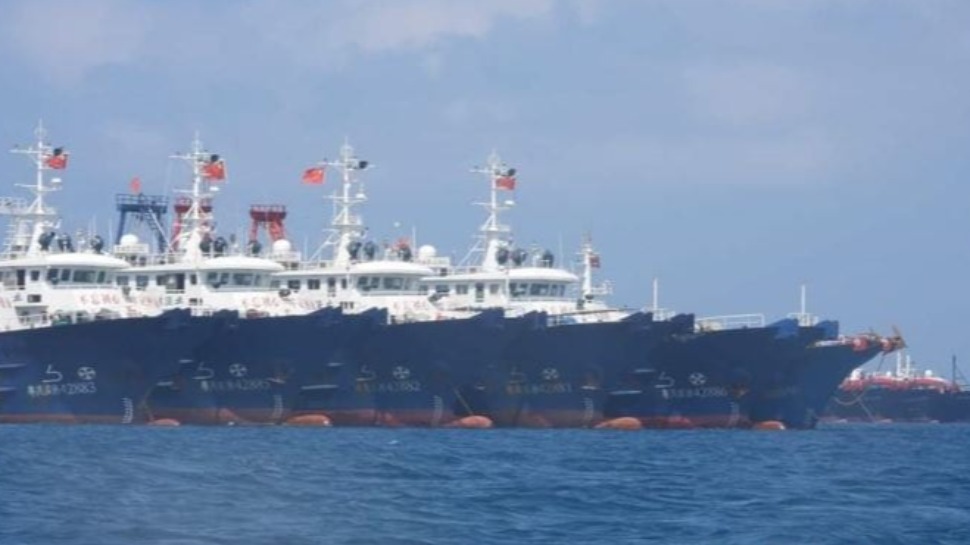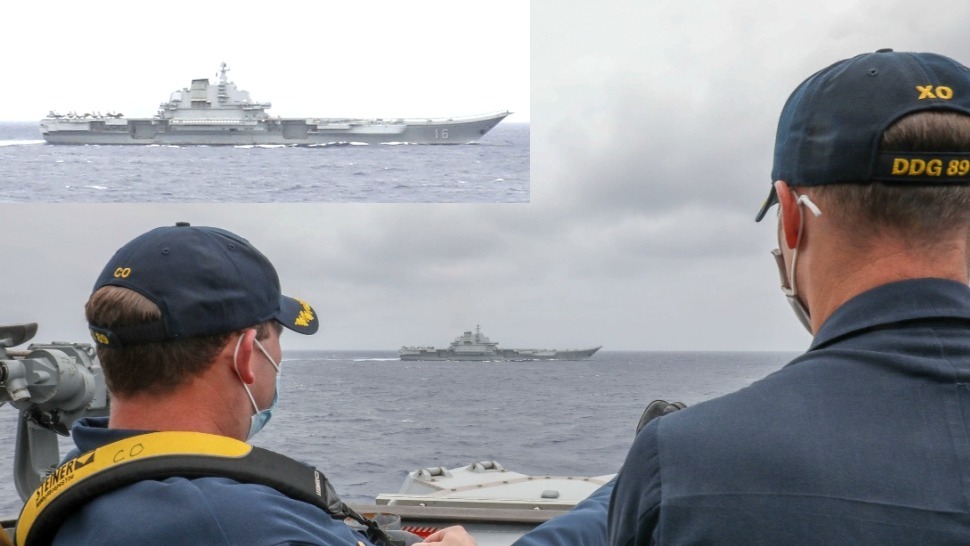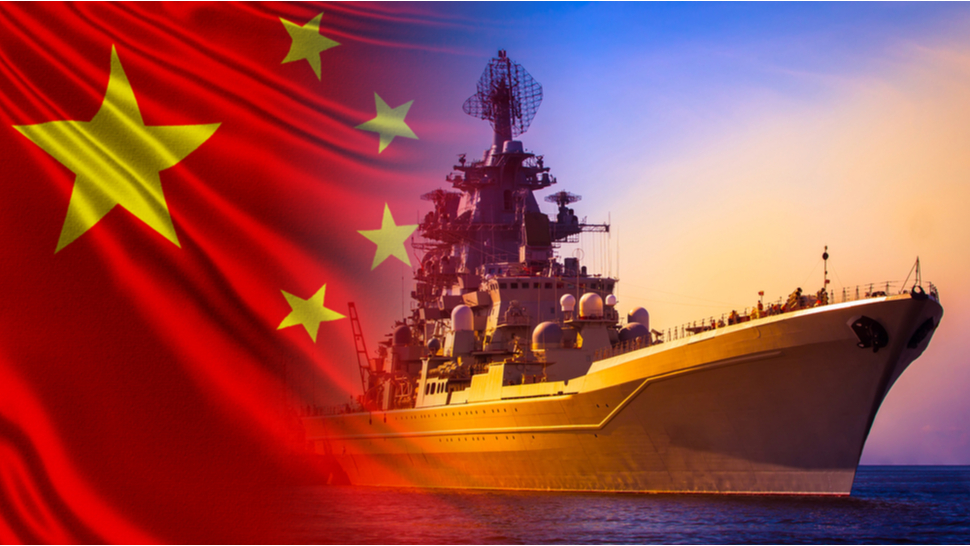China Backs Away as Philippines and U.S. Send Impressive Fleet to West Philippine Sea
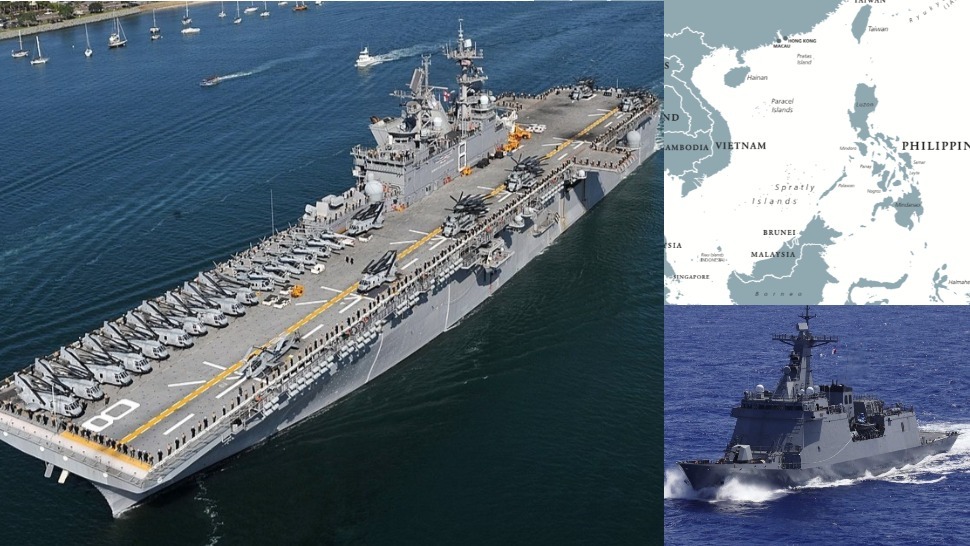
In a surprising move, the Philippines sent its strongest response yet against China’s expansion into the West Philippine Sea. Not since 2012 has the Philippines moved its naval forces to the West Philippine Sea to challenge China’s militarization of the area. The move is a highly coordinated response with the United States.
In March, the Philippines reported the presence of 220 Chinese vessels at Julian Felipe Reef. That number has been reduced to fewer than 10 as of April 13.
“The Chinese have blinked,” retired U.S. Navy officer Jerry Hendrix told Forbes.
Below are photos taken by the Philippine Coast Guard on April 13 and 14 showing Philippine and Chinese vessels at Julian Felipe Reef.
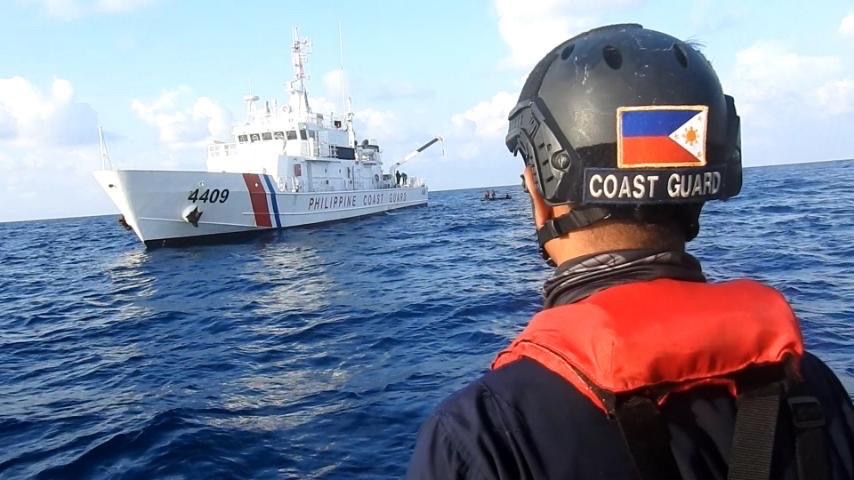

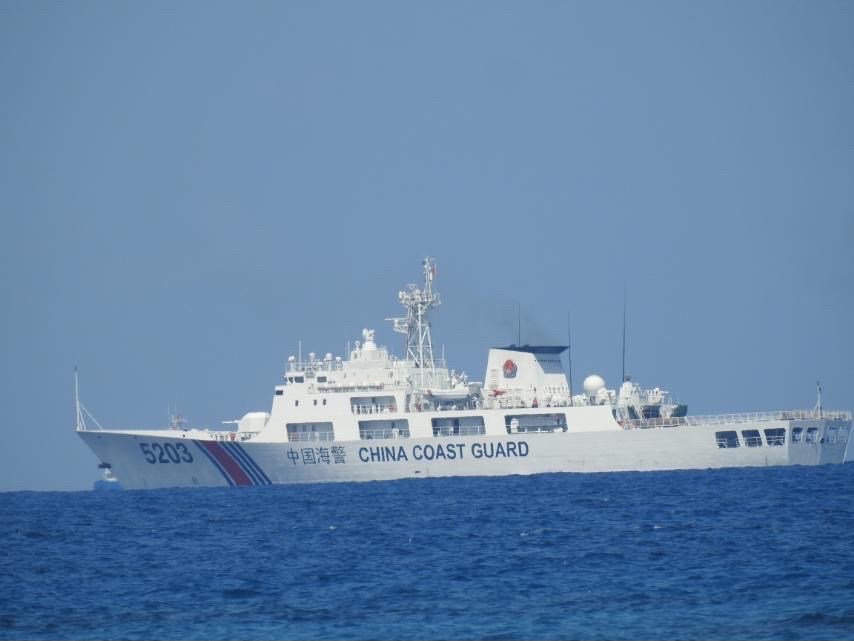
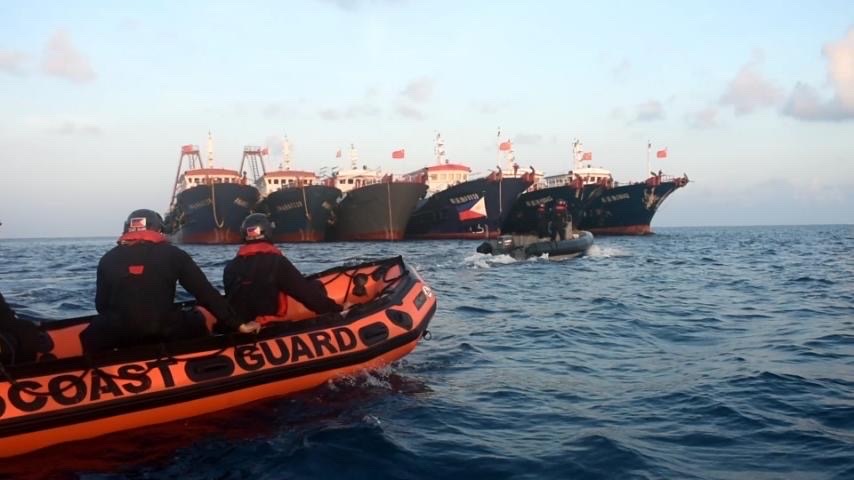
The Philippines sent four of its most advanced warships to the West Philippine Sea to challenge China’s increasing activities at Julian Felipe Reef. Among the units it deployed are its two brand-new missile-guided frigates, the BRP Jose Rizal and the BRP Antonio Luna. It also deployed warplanes to monitor the area.
Meanwhile, the U.S. also sent its aircraft carrier USS Theodore Roosevelt to the area. But an American aircraft carrier never travels alone. With every sighting of a U.S. carrier, you can expect it brings along a large escort of submarines, destroyers, and cruisers protecting it from other vessels. This is on top of the dozens of aircraft it carries (it can carry up to 90 aircraft and can accommodate 4,500 personnel).
The U.S. also deployed the USS Makin Island, a formidable assault ship that can carry up to 20 attack aircraft or stealth strike-fighters. It also has its own escorts of submarines, destroyers, and cruisers.
USS Theodore Roosevelt
.jpg)
USS Makin Island
_(cropped).jpg)
In March 2021, the Philippine Coast Guard raised the alarm over the presence of 220 Chinese ships forming a phalanx at Julian Felipe Reef, which is within the country’s exclusive economic zone (EEZ). It was what prompted the coordinated military response from the Philippines and the United States.
By April, the Chinese vessels have dissipated to a couple of dozen, a clear sign of China backing down in response to the forceful reaction from the Philippines and the U.S.
China used the same strategy in the past whenever it wanted to militarize a Philippine reef: It would send a large flotilla of paramilitary “fishing boats” to the area to scare away other vessels, then its dredgers would follow, destroying precious corals to create artificial islands over the reef. Julian Felipe Reef would have ended up with the same fate.
An Unexpected Philippine Response
Ever since the 2012 standoff at Scarborough Shoal between China and the Philippines, the latter has opted not to send warships from the navy but relied on vessels from the Philippine Coast Guard instead to assert its presence in the West Philippine Sea. It was because of the ongoing international arbitration with China that the Philippines eventually won in 2016-the Philippines did not want to jeopardize its case and be construed as an aggressor.
But ever since then, the country had downplayed Chinese incursions into the West Philippine Sea.
The latest development proves significant, not only because the Philippines actually challenged China, but also because it is the first time it has sent a weapon of war to assert itself. To the Chinese generals, that is something to be very serious about. Historically, China respects force, no matter how seemingly small it is.
BRP Jose Rizal
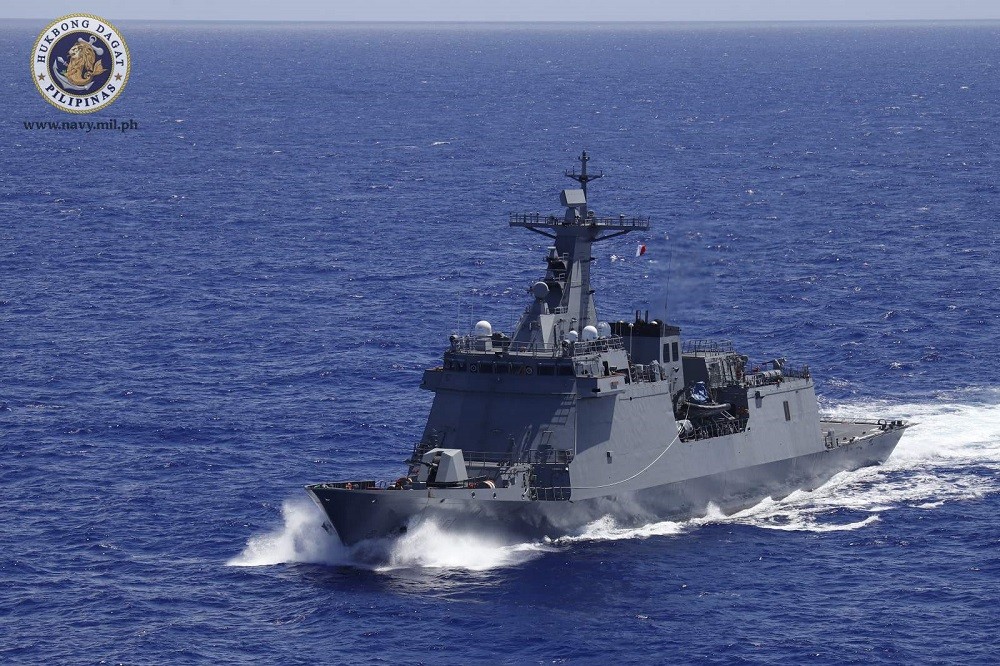
China Respects Force
According to professor and geopolitical analyst Richard Heydarian, China respects power.
“Chinese statecraft has contempt for the weak and the naive,” Heydarian told Esquire Philippines in 2020. “But China grudgingly respects those with strategic dignity and courage.”
For example, Indonesia, which has taken a very strong stance against China on its sea disputes and even sunk a number of confiscated Chinese vessels, has already received 1.2 million initial doses of the vaccine delivered from China in November. Another 1.8 million doses were delivered in January, and more are expected to come.
It also helps that the U.S. has specifically stated any attack on Philippine vessels would trigger its Mutual Defense Treaty obligations.
“An armed attack against the Philippines armed forces, public vessels, or aircraft in the Pacific, including in the South China Sea, will trigger our obligations under the Mutual Defense Treaty," the U.S. State Department warned.
In the past, the U.S. had been vague about the Mutual Defense Treaty and its scope, saying obligations would only be triggered if they happen within the Philippines’ territorial waters, not its EEZ. It looks like they are changing that position now.
In any case, it looks like China will not be militarizing Julian Felipe Reef anytime soon.


